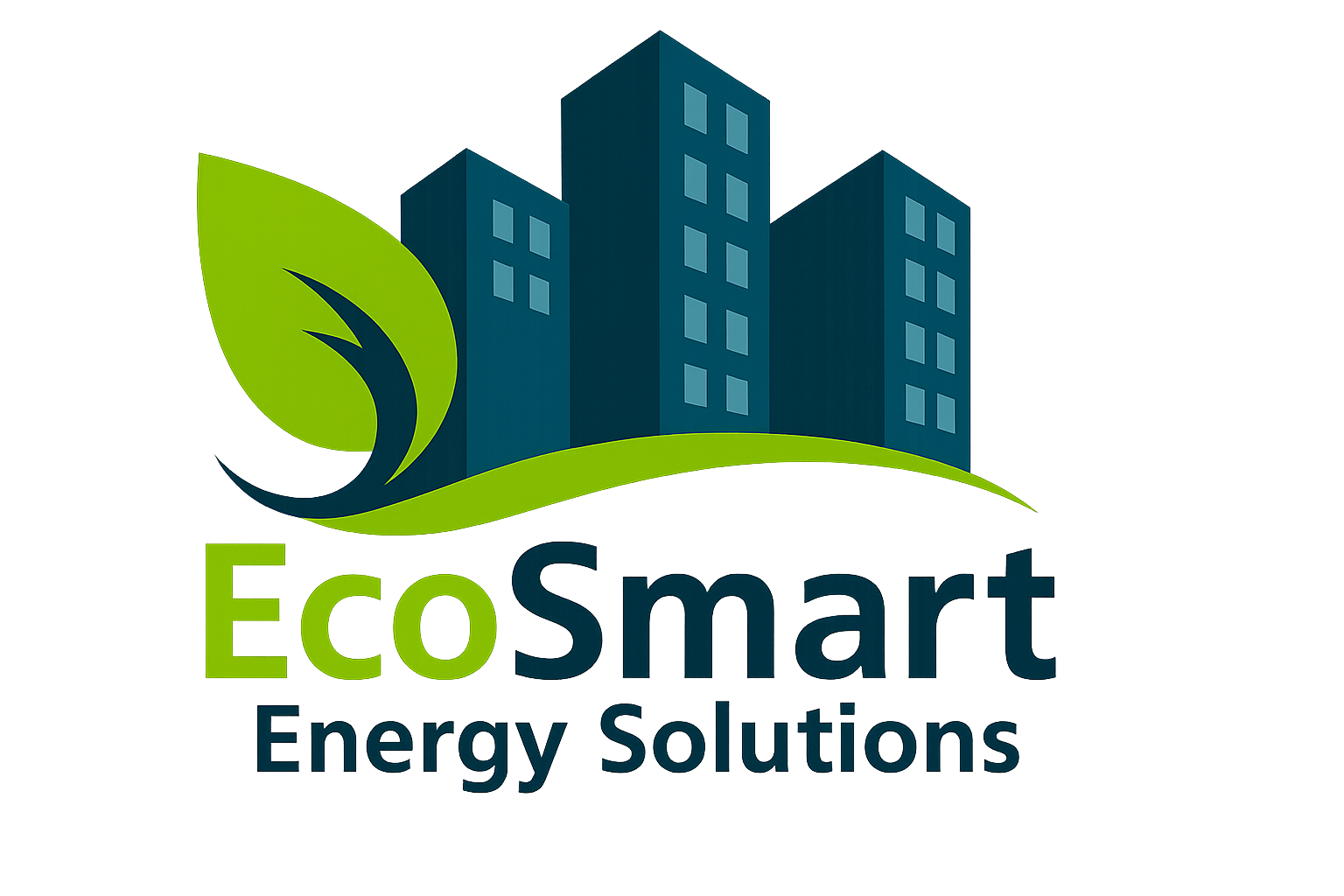Energy Audits
EcoSmart’s Energy Audits deliver a detailed, expert evaluation of your building’s energy, gas, and water use — uncovering hidden inefficiencies and unlocking opportunities for savings. We examine every major system, from HVAC and lighting to insulation and appliances, and provide clear, actionable recommendations to cut waste, lower costs, and enhance comfort.
Designed for properties of all types, our audits not only help modernize building systems for long-term performance — they also fulfill compliance requirements while turning regulatory obligations into powerful, cost-saving improvements.
What We Do
Each energy audit is conducted by our experienced energy engineers. We follow industry best practices to ensure a thorough assessment. Our energy audit process typically includes:
- Data Collection & Analysis: We start by reviewing your historical utility bills (electricity, natural gas, water) for the past 12-36 months to understand usage patterns and costs. We analyze energy load profiles and identify any irregularities (for example, unusually high usage during nights or weekends).
- On-Site Building Survey: Our auditors visit your property to inspect all major systems and equipment. We examine lighting systems, HVAC (heating, ventilation, air conditioning) units, boilers and water heaters, insulation levels, windows, controls, and even plug loads. We also look at water fixtures and irrigation for water-saving opportunities. During the walkthrough, we may interview facility managers or maintenance staff to gather insights on operational schedules, comfort issues, or known problem areas.
- Identification of Issues: Using data and on-site observations, we pinpoint areas where energy is being wasted or inefficiencies exist. Common findings include outdated lighting (inefficient fluorescents or incandescent bulbs), HVAC systems running longer than necessary or with poor controls, leaky windows or insufficient insulation causing heat loss, older appliances or motors drawing excessive power, and water leaks or older fixtures wasting water. We also check for simple operational fixes (for instance, adjusting thermostats, fixing scheduling of equipment, or eliminating simultaneous heating and cooling).
- Recommendations & Report: EcoSmart delivers a clear, detailed audit report documenting our findings and recommendations. For each energy conservation measure (ECM) identified, we provide a description of the improvement, the estimated cost to implement, the expected annual savings (in energy usage and dollars), and the payback period or return on investment. Recommendations can range from low-cost fixes (like tuning HVAC settings or replacing filters) to capital upgrades (such as installing LED lighting, high-efficiency HVAC units, smart thermostats, solar panels, or low-flow plumbing fixtures). We prioritize measures so you know which upgrades give the biggest “bang for the buck” and which are quick wins. Our report may also highlight available utility rebates or incentives that can offset project costs.
- Client Debrief & Next Steps: After delivering the report, our team walks you through the findings, ensuring you understand the benefits of each recommendation. We answer any questions and help you create an action plan. Whether you want to tackle quick fixes in-house or plan a larger retrofit project, EcoSmart can assist with next steps (including project management, contractor selection, or applying for rebates).
Benefits of an Energy Audit
With the insights from our audit report, building owners and managers can make informed decisions that lead to significant savings and operational improvements. Implementing the recommended efficiency measures can typically reduce energy usage by 10–30%. Studies have found that commercial buildings can cut energy consumption by an average of ~18% through recommended efficiency improvements. Considering that energy expenses often account for around 30% of a commercial building’s operating costs, these savings have a substantial impact on your bottom line.
In addition to direct cost savings, other benefits include:
- Lower Operating Costs: Using less electricity, gas, and water means lower utility bills immediately and in the long run. These savings can be redirected to other priorities or improve your net operating income.
- Improved Equipment Performance: Addressing issues like HVAC malfunctions or poor maintenance can extend the life of your equipment and reduce breakdowns. Your building systems will run more reliably and efficiently.
- Enhanced Comfort & Productivity: Many energy upgrades also result in better temperature control, lighting quality, and indoor air quality. Tenants or residents enjoy a more comfortable environment, which can boost satisfaction and productivity. For example, fixing an HVAC imbalance will eliminate hot/cold spots in a building, and better lighting can improve occupant mood and safety.
- Increased Property Value: An energy-efficient building is a more valuable asset. Reducing energy consumption and showcasing good efficiency metrics (like a high ENERGY STAR score or low EUI) can make the property more attractive to buyers and tenants. It demonstrates proactive management and can even justify higher rents. Efficiency improvements (especially visible ones like solar panels or modern LED lighting) also enhance the building’s marketability.
